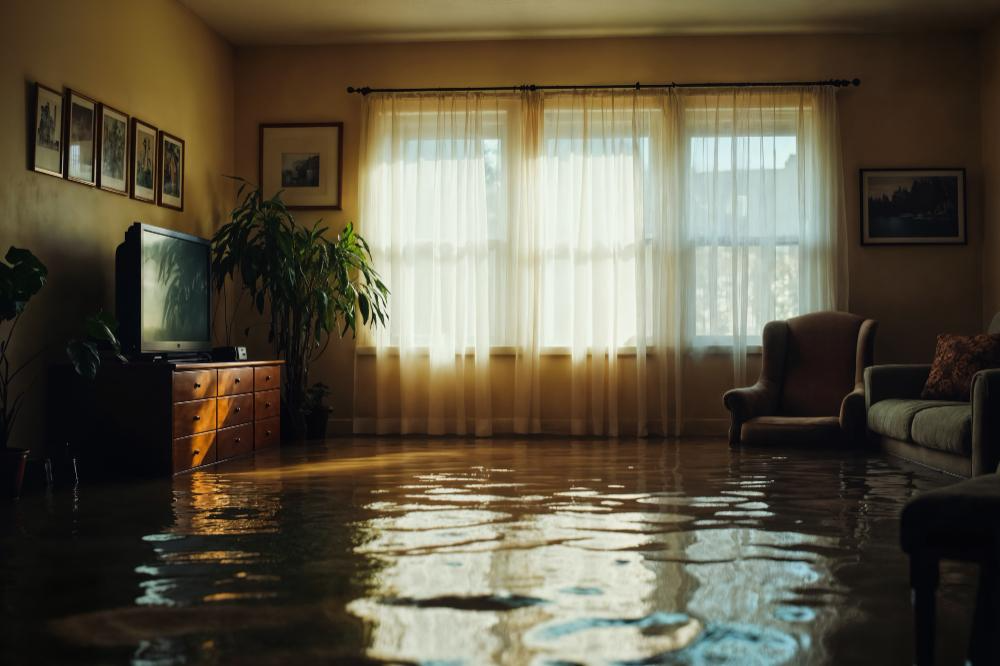There is also nothing as stressful as finding water creeping into your carpet due to a busted pipe, leaking roof, or downpour. Unless treated promptly, damp carpets turn into the territory of mould, unpleasant smells and even structural deformation. Learning how to dry wet carpet quickly may be valuable to the Melbourne homeowner in terms of saving time as well as money and, most importantly, keeping their property and its occupants healthy.
1. Act Fast: Hot is hot.
When water gets into the fibres of the carpets, it not only lies on the surface, but it also diffuses into the underlay, sometimes even to the subfloor. Urgency is needed at once. Although the flooding may seem insignificant, it can take on an emergency role when it comes to salvaging your carpet.
2. Remove Superfluous Water Quickly
Start by getting as much water as one can out. It is one of the best-designed vacuum cleaners to perform this action because it sucks up water collected on the surface and in deeper strands. In the case of smaller patches, towels or mops can be used to soak up the moisture, but be sure it is just a short-term fix.
In case flooding is significant, it is worth turning to emergency wet carpet dry cleaning Melbourne services. They use commercial-grade machinery aimed at the removal of mass quantities of water in a swift and exhaustive manner.
3. Increase Air Movements
With the removal of excess water, airflow is your best friend. Throw the windows and the doors open to get a supply of fresh air in the room that has been affected. Use fans to hasten the process of drying, and, where possible, a dehumidifier is used.
Air circulation dries the carpet more quickly, and most importantly, it does not allow spreading dampness to the walls, furniture, or the wooden floors.
4. The Underlay and Subfloor Are Not Overlooked
The biggest error that is committed by the homeowner is regarding just the surface of the carpet. In the majority of instances, the underlay and even the subfloor below will be filled with water. Wet carpets will never dry, and a carpet damaged by mould may become noticeable.
This is where seeking the help of experts is of utmost significance. The experts are informed of the process to use when lifting carpets, drying the underlay, and investigating any water damage under cover. In case materials are too far gone, they could also advise on whether or not a replacement is required.
5. The Role of Professional Carpet Drying
In small cases, DIY techniques have been known to help, but large-scale flooding is best left to the experts. If you ever thought of how professional wet-carpet drying works, the process generally consists of:
- Water extraction: Elimination of any standing water through the use of an industrial vacuum.
- Carpet lifting: Lifting the carpet so that it creates airflow beneath the carpet.
- Drying equipment: The placement of high-powered fans and dehumidifiers to remove the moisture as quickly as possible.
- Sanitisation: It involves the application of antimicrobial solutions on the carpet and the underlay to prevent mould and bacteria growth on the carpet and underlay.
- Monitoring: Monitoring of the moisture level over a given duration to establish that dry-out has been achieved successfully.
This will make sure that carpets get the restoration process they deserve without causing irreparable damage to carpets, making you spend unnecessary money getting replacements of the carpets way before they should have been.
Final Thoughts
Regarding the process of selecting emergency dry/wet carpet cleaning Melbourne services to remove the mess spread on the floor as soon as possible, it is important to ensure that you handle all the layers of the carpet, including the top and bottom. The proper steps will ensure that your carpets are reborn and your home returns in form of comfort without wasting time.
